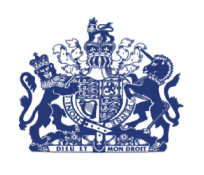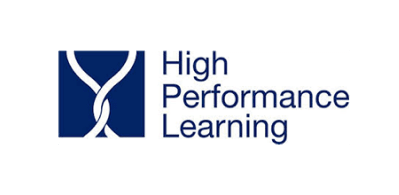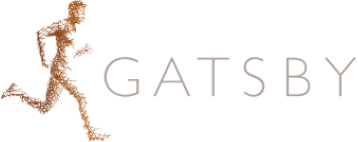As educators, our mission is to prepare students for their future careers. In the UK, we know the importance of the Gatsby benchmarks in supporting young people's career development.
These benchmarks serve as a framework to guide us in equipping students with the necessary skills and knowledge for their professional journeys.
Benchmark 4, also known as 'Linking Curriculum Learning to Careers', presents a unique challenge as it requires us to connect classroom learning with real-world employment opportunities.
This benchmark demands a touch of creativity to bridge the gap effectively 🪄
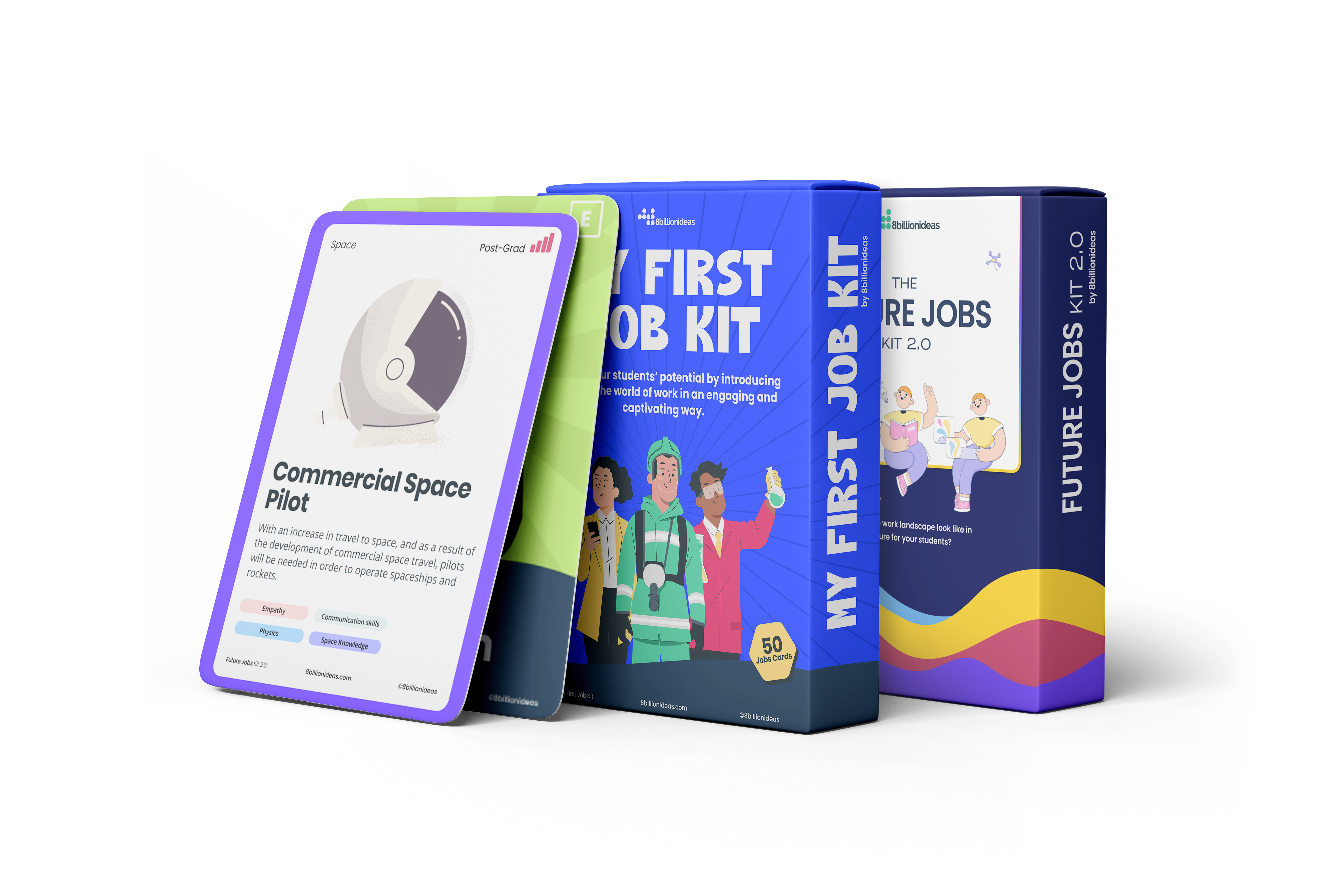
To help you out, we’ve created two kits that you can use in your classroom today:
- My First Job Kit: 56 cards, including 6 activity cards, to invite your students to discover a wide range of existing professions.
- The Future Jobs Kit: 52 exciting careers still on the horizon – like Space Tourism Operator or Virtual Surgeon!
Which one should you use?
You can use both! Use the Future Jobs Kit if you really want to spark your students’ imagination. Or keep it more down to earth (literally!) with My First Job Kit.
This blog post will explore how to use these kits to hit Gatsby benchmark 4 effectively.
First things first – download your kits 👇
Once done – let's get into it.
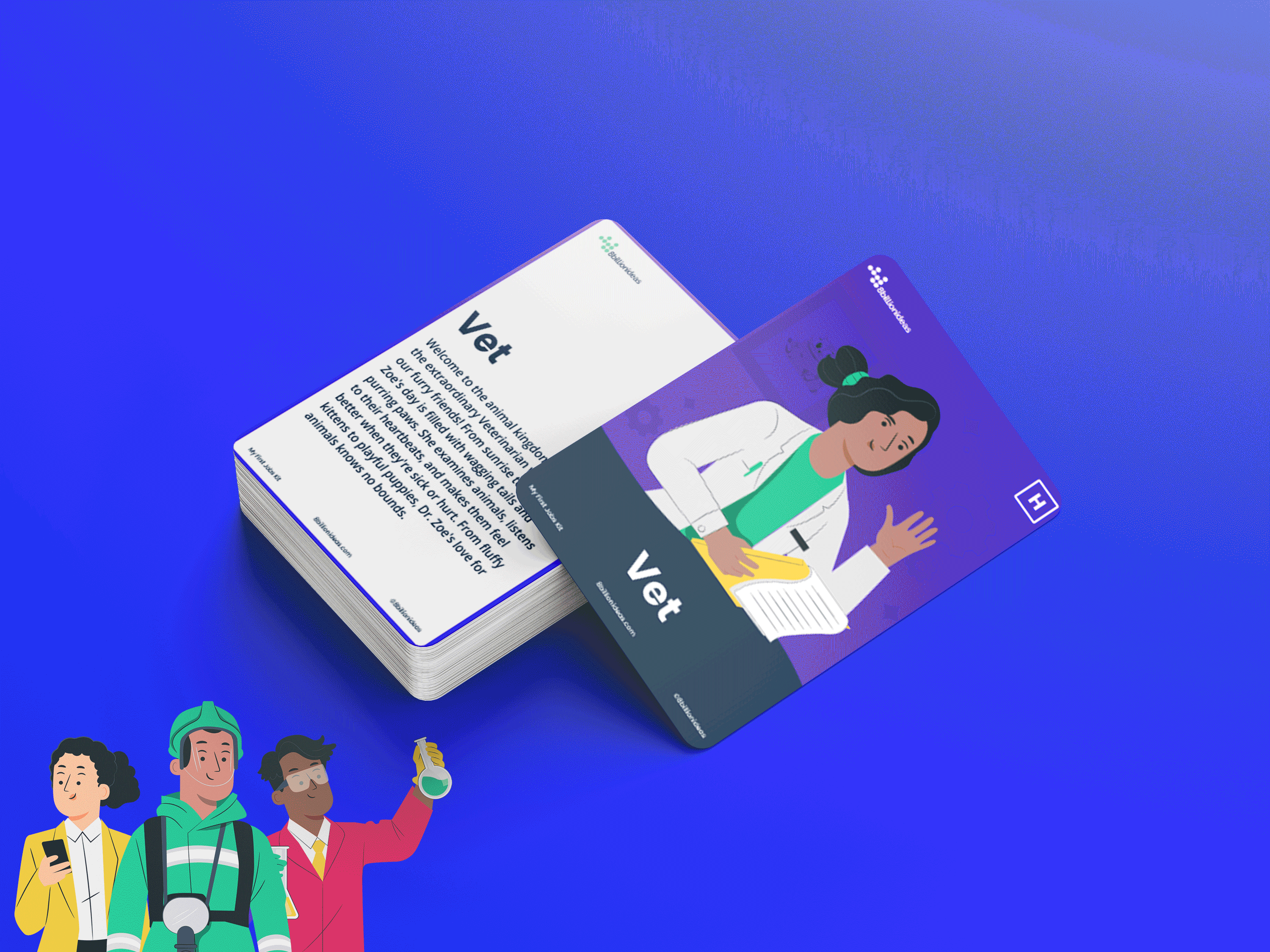
1. Career Research
Objective: To encourage students to conduct comprehensive research on a career of their choice from the kit and develop strong presentation skills.
Materials Needed:
- Access to research materials (books, internet, articles, etc.).
- Presentation software or tools (e.g., PowerPoint, Google Slides).
Activity:
Career Selection:
- Assign each student a career from a kit they will research and present.
- Encourage students to choose a career that genuinely interests them.
Research Phase:
- Allocate a specific timeframe for students to research, say an hour.
Instruct students to investigate the following aspects of their chosen career:
- Educational requirements: What degrees or certifications are needed?
- Job responsibilities: What tasks and duties are associated with the career?
- Salary expectations: What is the typical salary range for professionals in this field?
- If the field is new – what is your guess and why?
- Potential career growth: Are there possibilities for growth or specialization? If so, how can individuals pursue them and in what areas?
Presentation Preparation:
- After completing their research, students should organize their findings into a coherent presentation.
- Encourage them to use visual aids, such as slides, images, or infographics, to enhance their presentations.
Peer Feedback:
- After each presentation, allow classmates to provide constructive feedback and ask questions.
- Promote a supportive and respectful environment for feedback.
Reflection and Discussion:
- Conclude the activity by discussing the students' experiences and insights gained from researching and presenting on various careers.
- Encourage students to reflect on how this activity helped them connect their education to real-world career possibilities.
|
How it helps: This activity aligns with Gatsby Benchmark 4 and cultivates a sense of curiosity and adventure in students as they embark on a career exploration journey.
Through thorough research and captivating presentations, students develop valuable skills that empower them to navigate their future paths confidently.
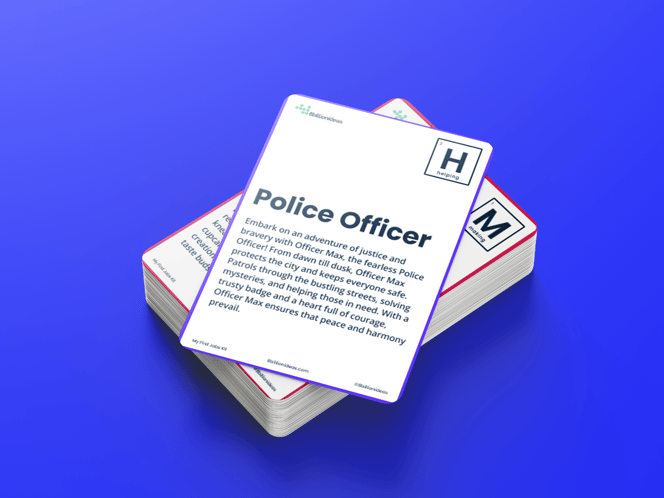
2. Curriculum-Career Matching Game
Objective: To engage students in an enjoyable, interactive activity that helps them connect their current curriculum subjects with potential careers.
Materials Needed:
- Sets of cards (physical or digital) with subjects or topics they are currently studying in one set and related careers from the kit in another set.
- Timer (optional)
- Scorecards or whiteboards for keeping track of scores (optional)
Activity:
Preparation:
- Create a set of cards with subjects or topics commonly taught in your curriculum. These should include subjects like biology, mathematics, history, literature, chemistry, physics, computer science, and more.
- Create another set of cards with careers from a kit, such as 'baker', 'data analyst', 'virtual surgeon', 'space tourism operator', and others.
- Shuffle both sets of cards separately.
Game Rules:
- Divide the class into teams or play individually, depending on your class size and preference.
- Explain the rules: The objective is to match the curriculum subjects with the related careers.
- Start the timer (if using) and begin the game.
Matching Rounds:
- In each round, a student or team selects one card from the "curriculum subjects" pile and one card from the kit.
- They must explain how the selected subject or topic could be relevant to the chosen career. For example, if they draw 'biology' and 'Climate Change Reverse Specialist', they might explain that biology provides the foundational knowledge required to research and develop medical treatments.
- If their explanation is deemed relevant, they earn a point.
Discussion and Learning:
- After each round, encourage a brief discussion about the connections made. Ask students to share their insights into why certain subjects are essential for specific careers.
- Use this opportunity to reinforce the importance of the subjects they are studying concerning real-world career possibilities.
|
How it helps: This activity not only reinforces the link between classroom learning and future careers but also encourages critical thinking and enhances students' understanding of the practical applications of their studies.
3. Career Pathway
Objective: To guide students in creating a visual timeline of the educational and career steps required to pursue a specific profession from the Future Jobs Kit.
Materials Needed:
- Large sheets of poster paper or digital design software (if done digitally).
- Markers, coloured pencils, or digital drawing tools.
- Access to resources for researching career pathways.
|
Activity:
Career Selection:
- Ask each student to choose a career from the kit that they aspire to pursue.
- Ensure that they select a career that aligns with their interests and passions.
Research Phase:
- Allocate time for students to research and gather information about the educational and career steps necessary to achieve their chosen profession.
- Instruct them to find details about required degrees, certifications, internships, entry-level positions, and potential employers in the field.
- If the job doesn’t exist yet – what could a future employer look like?
- Encourage students to explore the anticipated timeline for completing each step.
Timeline Creation:
- Provide large sheets of poster paper or digital design tools for students to create a visual career pathway timeline.
- Instruct them to design a timeline that includes the following elements:
- Key educational milestones include high school graduation, college enrollment, and degree completion.
- Relevant work experiences, including internships, part-time jobs, or apprenticeships.
- Certification or training programs, if applicable.
- Milestones specific to their chosen career, such as passing licensure exams or gaining specialized skills.
- Potential entry-level positions and employers.
- Consider encouraging creativity in designing the timeline with illustrations, icons, and colours to make it visually engaging.
Presentation:
- Allocate time for students to present their career pathway timelines to the class.
- Each student should explain their chosen career, the steps involved, and the estimated timeline to reach their career goals.
- Encourage questions and discussion after each presentation.
Discussion and Reflection:
- After all presentations are complete, facilitate a class discussion about the various career pathways.
- Prompt students to reflect on the timelines created by their peers and share insights they gained about different professions.
- Discuss how this activity helped students connect their current education to the long-term journey toward their dream careers.
|
How it helps: This activity aligns with Gatsby Benchmark 4 by promoting career exploration and encourages students to visualize and plan the educational and career steps needed to reach their desired professions, fostering a sense of direction and purpose in their studies.
The Future Jobs Kit and My First Job Kit are powerful allies in helping students achieve the Gatsby Benchmarks, especially Benchmark 4.
Integrating these activities into your classroom can bridge the gap between academic learning and real-world career opportunities.
Empower your students to envision their futures, connect with emerging careers, and prepare themselves for success in the ever-evolving job market. With the kits, the journey to fulfilling their career aspirations becomes an exciting and enriching adventure.





